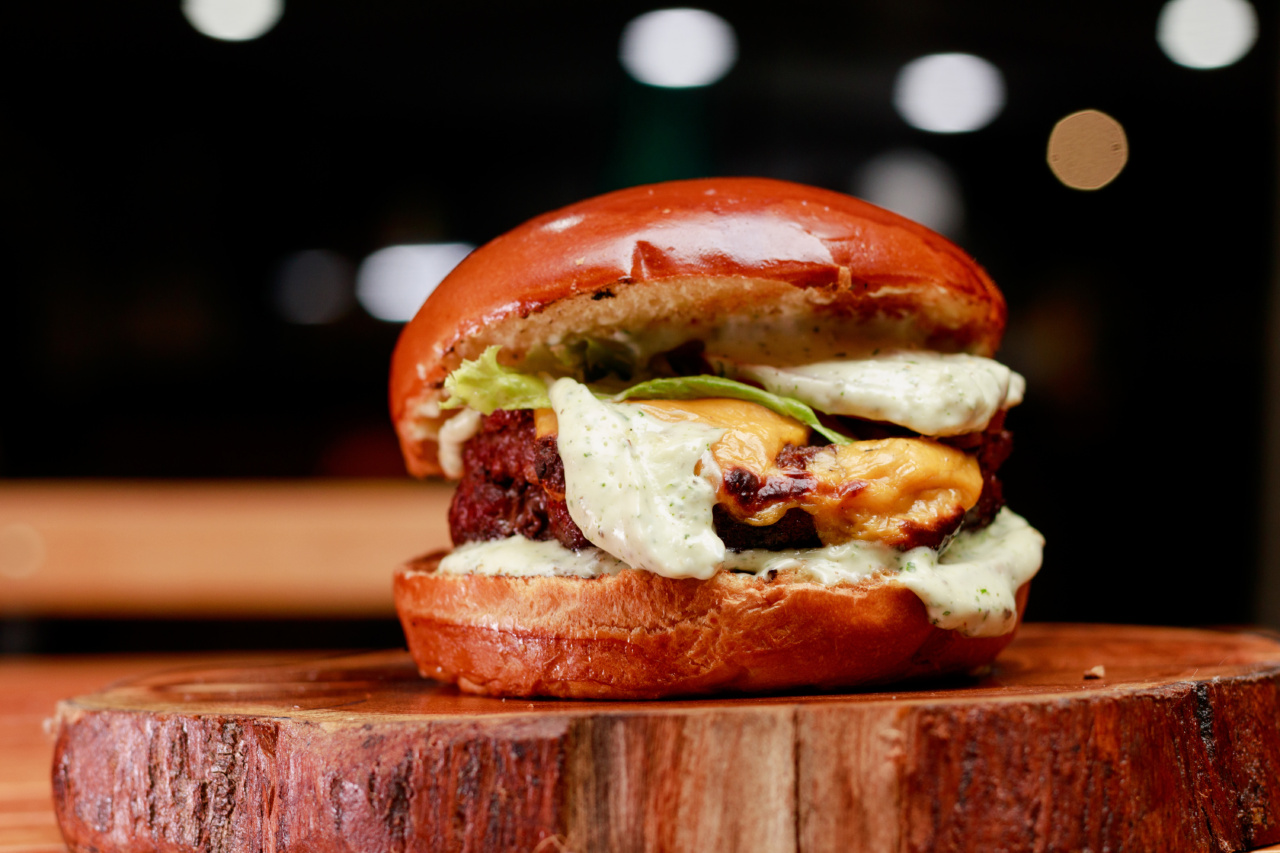Greek cuisine is known for its rich flavors, use of fresh ingredients, and hearty meals. One of the lesser-known dishes of Greek cuisine is Lagana.
Lagana is a type of flatbread that is commonly eaten during the Greek Orthodox holiday of Clean Monday, the start of the 40-day fasting period before Easter. The bread is traditionally made without eggs or dairy, making it a vegan-friendly option.
The History of Lagana
The origins of Lagana can be traced back to ancient Greece, where flatbreads were a staple food. In fact, the word “Lagana” comes from the ancient Greek word “laganon,” which was a type of unleavened bread.
The dish has been a part of the Greek culture and culinary traditions for thousands of years.
During the Byzantine period, the dish was eaten during religious celebrations and was often made with olive oil, honey, and sesame seeds.
The recipe evolved over time, and today, it is commonly seasoned with salt and topped with sesame seeds or other toppings like olives, rosemary, or sun-dried tomatoes.
The Recipe for Lagana
The recipe for Lagana is fairly simple and easy to make. You will need the following ingredients:.
- 3 cups of all-purpose flour
- 1 cup of lukewarm water
- 1 package of active dry yeast
- 1 tsp of sugar
- 2 tsp of salt
- 2 tbsp of olive oil
- Sesame seeds and other toppings (optional)
To make the bread, follow these simple steps:.
- In a large mixing bowl, combine the flour, sugar, and salt. Mix well.
- Add the yeast to the lukewarm water and stir until it dissolves. Add the yeast mixture to the dry ingredients and mix well.
- Add the olive oil and mix until the dough forms a ball. Knead the dough for about 5 minutes until it is smooth and elastic.
- Place the dough ball in a lightly oiled bowl and cover with a clean towel. Let it rise in a warm, draft-free place for about an hour.
- Preheat your oven to 400°F. Line a baking sheet with parchment paper.
- Once the dough has risen, punch it down and form it into a rectangle or oblong shape. Place it on the prepared baking sheet. Use your fingertips to create dimples in the dough.
- Drizzle with olive oil and sprinkle with sesame seeds and other toppings (optional).
- Bake for about 15-20 minutes until the bread is golden brown.
How to Serve Lagana
Lagana is traditionally served on Clean Monday with taramasalata, a dip made from fish roe, lemon juice, olive oil, and bread. It can also be served with other meze (appetizers), like hummus, tzatziki, or eggplant dip.
Lagana can also be enjoyed as a sandwich bread or as a side to soups and stews. It is best served warm with a drizzle of olive oil.
Variations of Lagana
While the traditional recipe for Lagana is vegan-friendly, there are many variations of the bread that incorporate other ingredients. Some versions of Lagana include eggs, dairy, or meat.
Others use different types of flour, like whole wheat or spelt flour, for added nutrition.
One popular variation of Lagana is the Lagana Skorthata. Skorthata means “garlicky” in Greek, and this version of Lagana includes garlic and parsley in the dough for added flavor.
It is typically served with roasted meat or grilled vegetables.
The Health Benefits of Lagana
Lagana is a relatively nutritious food, especially when made with whole wheat flour. It is a good source of fiber, protein, and healthy fats from the olive oil.
It is also low in sugar and calories, making it a good option for those watching their weight.
However, like many breads, Lagana should be consumed in moderation. It is important to pair it with other nutritious foods like vegetables, legumes, and lean protein to ensure a well-balanced diet.
Conclusion
Lagana is a tasty and traditional Greek flatbread that has been enjoyed for thousands of years. Whether you enjoy it on Clean Monday or as a sandwich bread, Lagana is a delicious and nutritious addition to any meal.






























